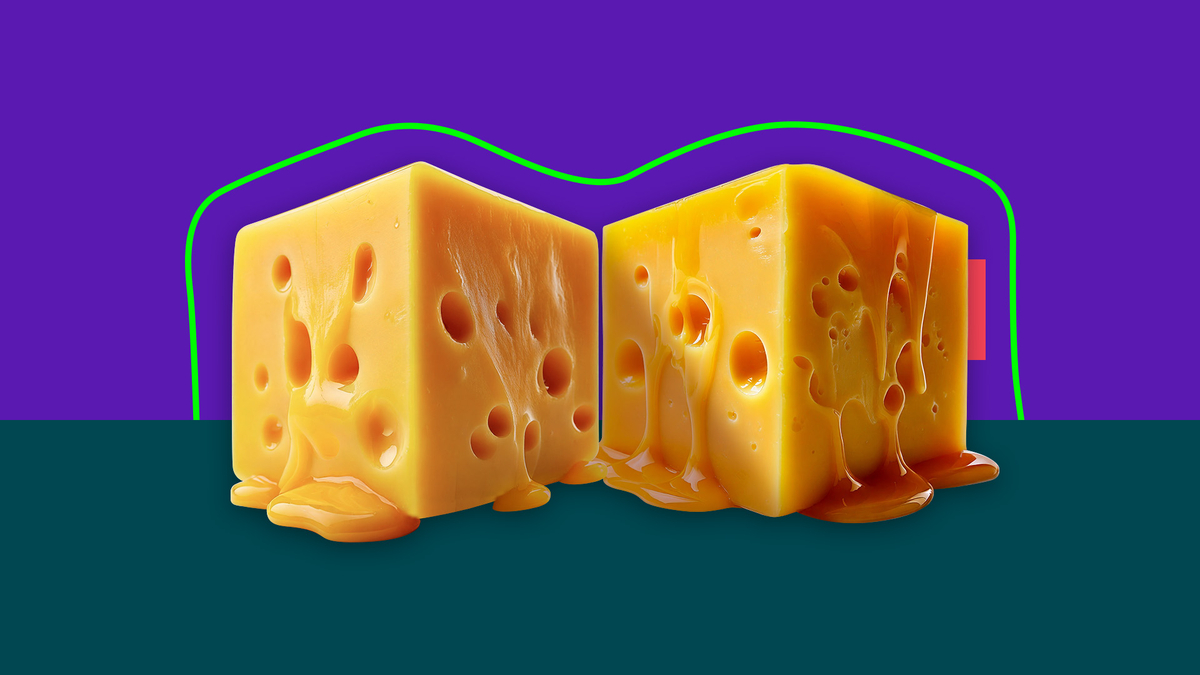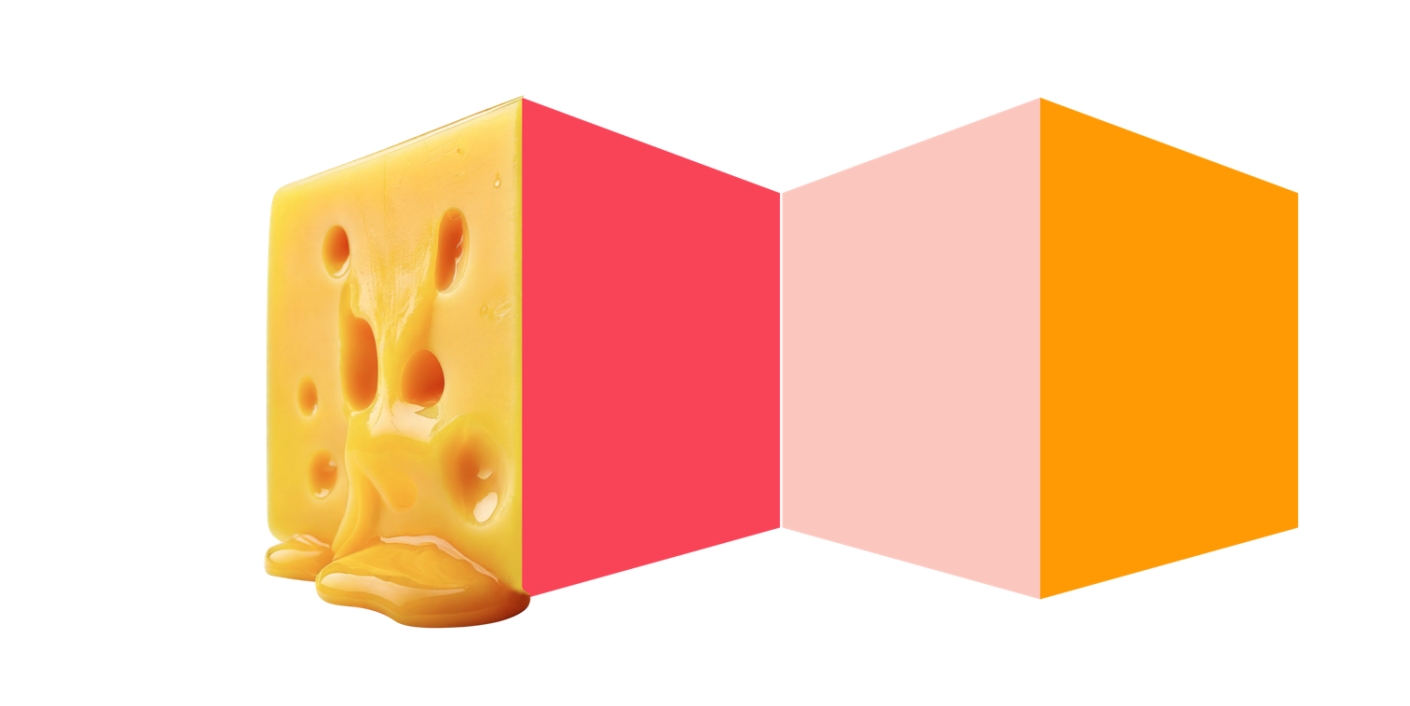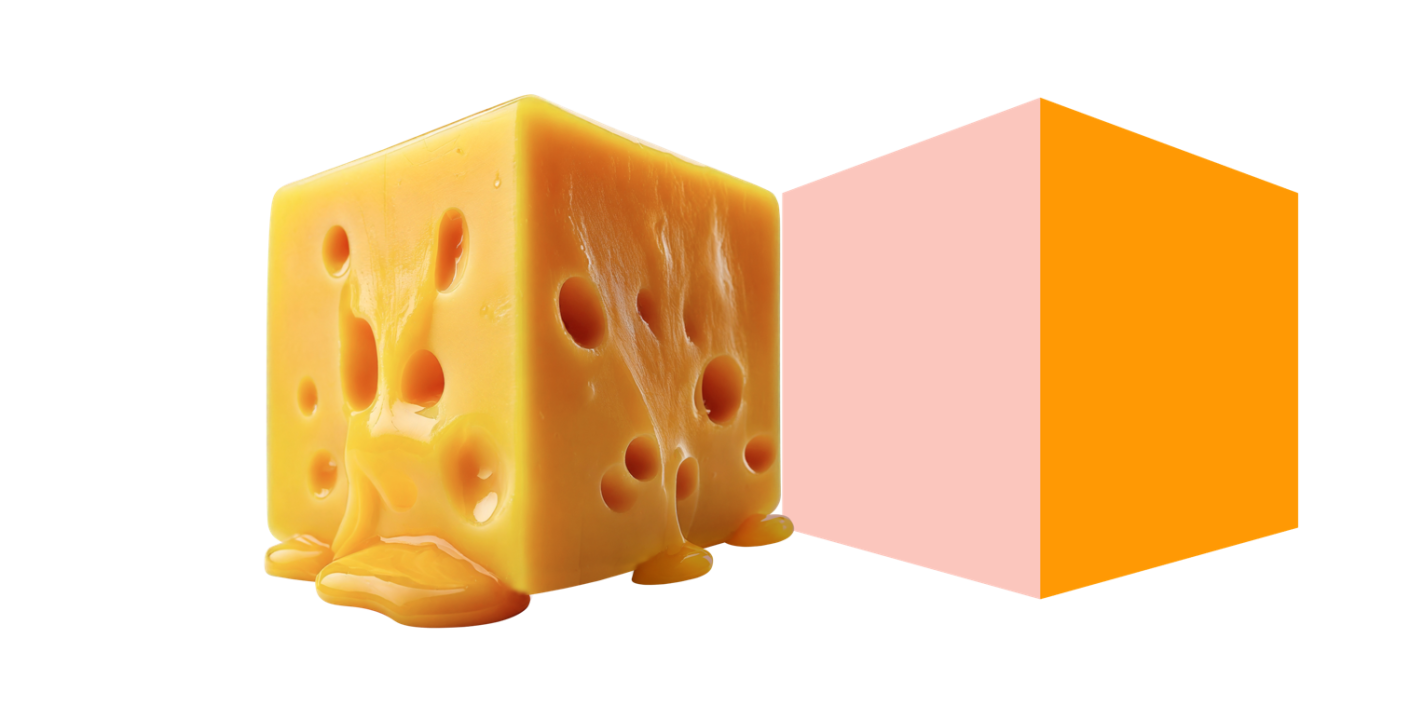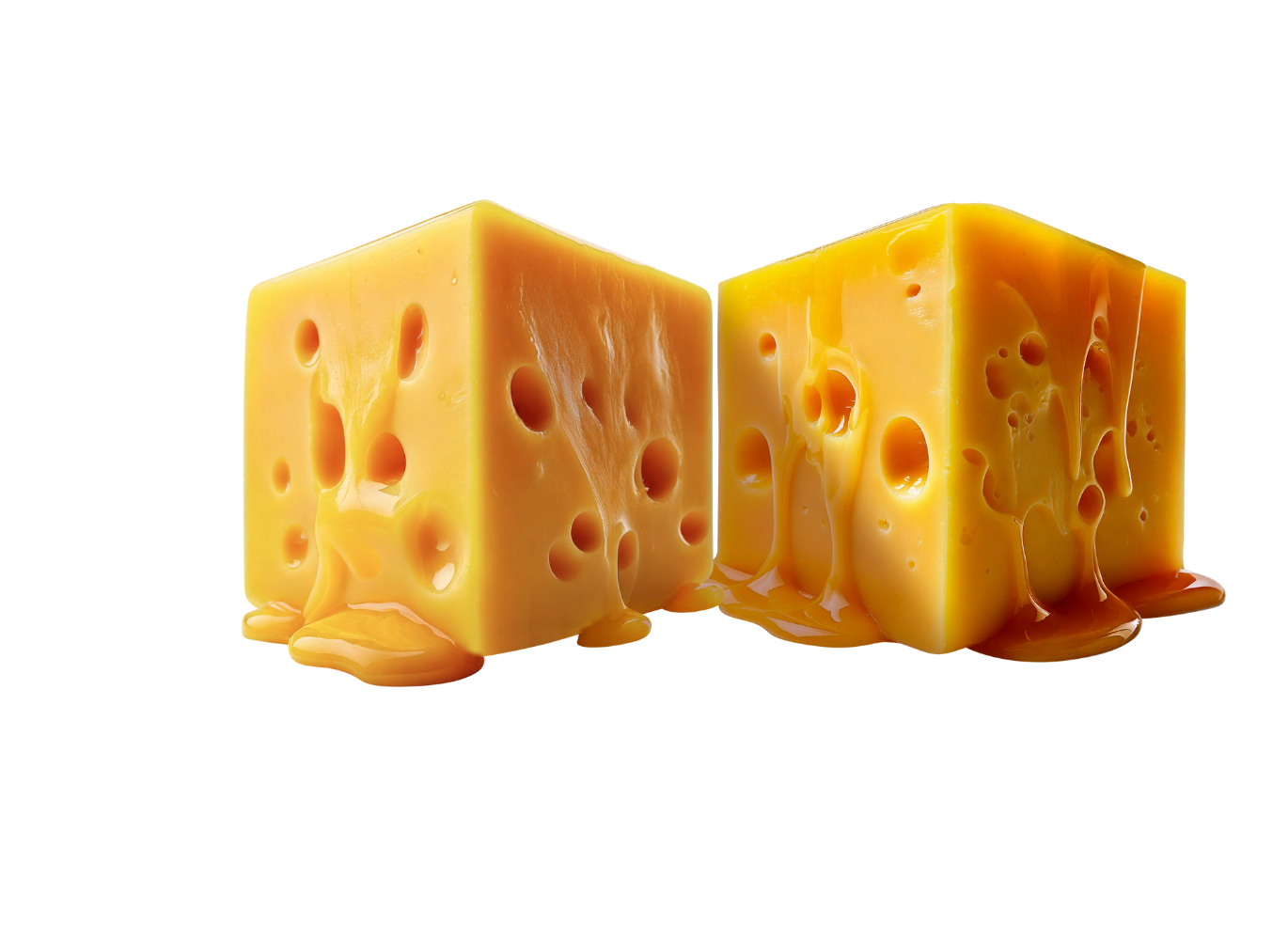Blog
How AI is changing the Double Diamond: a cornerstone to design thinking?
2025 is a year of rule-breaking seismic shifts and AI-driven disruption, challenging us to rethink traditional frameworks


Scott Lee
17 April 2025
5 min read
The ‘Double Diamond framework’ is to the design thinking community perhaps what The Square and Compasses are to Freemasonry. Fellow followers from Design Thinking in Action gifted me a mousepad adorned with the design thinking model several years ago (which I still use religiously). An unassuming daily reminder on my desk, it serves as the anchor in our works with insight communities to understand human culture and behaviour.
The Double Diamond model in design thinking illustrates three key principles. First, it requires divergent thinking to explore a problem widely then synthesize findings, narrow down options with convergent thinking. Second, the two diamonds each explores and defines the right problems and solutions. Of course, the model always follows a human-centred approach and emphasizes understanding people’s needs through empathy, ensuring solutions are tailored to real problems.
2025: a year of epic rule breaking and disruption
2025 is emerging as a year of rule-breaking and disruption. C-suite executives are in agreement that a new competitive battlefield has emerged. A recent Accenture study shows that 72% of C-suite executives still expect a high level of change in 2025, following a year already filled with disruption.
For example, our What matters 2025 report highlights how consumers are seeking simplicity, control, authentic connections and moments of joy amidst this chaos. However, these desires are riddled with contradictions: hyper connection yet loneliness, personalisation yet privacy concerns and progress yet nostalgia for the past.
In 2024, we partnered with The World Federation of Advertisers on the report Organising the insights function for maximum business impact – The voice of global leaders which revealed how insight functions must work harder to drive better business outcomes. CMOs now prioritize speed to marketing outcomes to stay ahead in a fast-paced environment. CMI leads are challenged more than ever to harness existing data, discover more nuanced and holistic views of an increasingly fragmented consumer, and translate insights into action – sometimes with the same or even less budget.
So, ‘research as usual’ is not an option. Indeed, Spencer Johnson’s classic book “Who Moved My Cheese?” reminds us that change is inevitable. But what happens when it’s not just the cheese moving and when the very structure of our Double Diamond framework starts to melt?
From a set starting point to beyond the here and NOW

This has been supercharged by AI – something we also leverage in our proprietary community platform, Square, creating a secure intelligence hub where we can interact with past insights in real time. For example, it allows us to map complex customer journeys even before we start the project. With AI-driven frameworks, we can create detailed maps from past research and/or public data. Interrogating each step, identifying Jobs to Be Done (JTBDs), and crafting ‘How Might We’ (HMW) statements to uncover opportunities. This gives us the ability to reimagine and reframe journeys before primary research begins.
AI Personas are also becoming a popular way to increase the accessibility of existing data sources. By creating audience avatars, we make human stories and emotions more accessible, anytime, anywhere. These avatars allow stakeholders to interact directly with audiences in immersive ways, exploring scenarios and asking questions. Recent work with Beyond Meat, we used avatars to help a client understand shifts in meat consumption and perceptions of plant-based alternatives, allowing us to better harness what we already know.
From trade-offs to reach, richness and depth that WOW

Traditionally, we have been confronted with trade-offs when we apply design thinking in research: speed vs. depth, qual vs. quant. But AI enables analysis of large amounts of unstructured human data, releasing the potential of what we call qual-at-scale as we ‘zoom in and zoom out’. People bring the ability to zoom in and connect empathy and creativity; while AI helps us zoom out by identifying patterns in large datasets. Scaling is not just about numbers – it’s about reach, richness and depth: spending more time with diverse audiences, using varied data types like video, audio and text to understand cultural and social influences on behaviour.
Our proprietary AI tool, Mastermind, acts as our super assistant, helping us process vast datasets from ethnographic studies with speed and precision. Using our AI Visual Decoding prompts, we identify themes, pattern, and outliers at scale while also detecting what’s missing. This approach accelerates analysis and uncovers deeper insights, proving that speed, scale and depth no longer have to be trade-offs.
For example, we have a regional community with a FMCG brand in APAC where the client can immerse in consumers’ daily routines, like flossing and brushing teeth. We uncover fresh insights and identify new occasions for innovation. AI not only accelerates analysis but also scales feedback through conversational prompts, aiding collection, transcribing responses and asking intelligent follow-up questions based on project goals. A new-age opportunity to embrace contradictions – that smiles are not always purely out of happiness, the notion of bittersweet smiles, blending joy with nostalgia or sadness. By breaking free of the fixed trade-offs of divergent or convergent thinking, we are now able to amplify the WOW of insights.
From hard diamonds to flowing from insights into HOW

By definition, the Double Diamond framework follows a linear path from problem to solution. Indeed, not rushing to solutioning too early is almost a mantra to design thinkers. Yet, with the advent of AI, we are able to create ideas and concepts at the press of a button at all stages of the research process. Our Insight Reframing Canvas drives empathy and give us a deeper understanding of insights which go beyond simple brainstorming, including techniques to stimulate divergent thinking like the ‘Random Word Generator’. Another technique we use is ‘Analogy,’ where we take inspiration from how similar problems have been solved in different industries. Our Concept Optimisation Canvas helps us optimize concepts before putting them in front of consumers and implement the findings afterwards. For example, we partnered with a consumer electronics brand to decode the Gen Z parental mindset and uncover what truly matters to them. Over four weeks, we engaged 115 participants from the U.S. and Germany, generating over 2,200 interactions and 1,700+ pictures and videos. Activities included parenting stories, mood boards, letters to parents, diaries, brand safaris, and wish activities to uncover emotional connections and unmet needs. AI synthesised this rich input into four key themes in seconds: sleep, nutrition, household overload, and emotional bonds.
Using our Ideation Canvas, we created baby product concepts with varying levels of AI integration – from subtle to extreme ideas like talking to a grandparent who has passed away. These concepts were not meant to be tested but to provoke deeper conversations with parents, helping them articulate their boundaries more clearly. This revealed key insights bundled in our recent report: Gen Z parents worry about technology affecting emotional bonds with their child, while Gen Y parents are primarily concerned about data privacy. By leveraging AI tools, we achieved these results in hours – a process that would have taken significantly more time otherwise, demonstrating the ease of transitioning from insight to action.
So yes, maybe AI did melt the cheese in our Double Diamond model…
But that’s not a bad thing. Because with AI as our partner, design thinking is no longer a fixed recipe – it’s becoming a living, breathing process. One where we can:
- Tap into empathy before empathy, using existing data to imagine and anticipate what’s next
- Work fluidly — no longer bound by rigid stages of problem vs. solution
- Combine human creativity with AI’s reach and speed to uncover deeper insights, faster
The Double Diamond isn’t gone, it’s just melting into something richer and better.